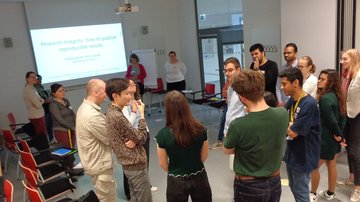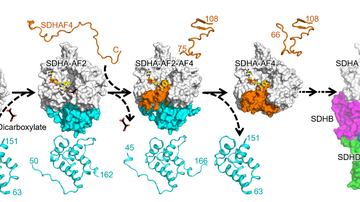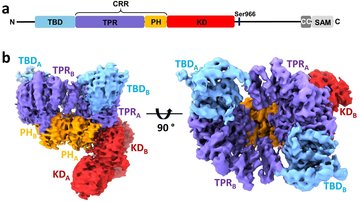
Fungus discovered in patient's lungs named after Czech scientist
An international team of mycologists from the Netherlands and Iran has discovered a new species of fungus causing lung disease in an Iranian patient with respiratory problems. They named it Aspergillus hubkae in recognition of the long-term work of Czech scientist Vít Hubka (38 years old) from the Institute of Microbiology of the CAS. In the history of Czech science, it is very rare for such a young researcher to receive such recognition.
The naming of the fungus in honour of Vít Hubka was decided by mycologists from the Netherlands and Iran, who jointly discovered and described the new species in a recent publication. They decided that the long-term research of the Czech scientist, including his comprehensive publication on the so-called black aspergillus from 2022, is so significant that it clearly deserves it.
"I am very pleased with the recognition of the community for the work I have done in the field of mycology so far. But I also take it as a commitment to strive for a high standard of research quality in the future and as a moral obligation," emphasises Vít Hubka.
Source: Press Release of Institute of Microbiology of the Czech Academy of Sciences
Abstract:
A 50-year-old man, previously diagnosed with pulmonary tuberculosis and lung cavities, presented with symptoms including fever, shortness of breath, and cough. A pulmonary CT scan revealed multiple cavities, consolidation and tree-in-bud in the upper lungs. Further investigation through direct examination of bronchoalveolar lavage fluid showed septate hyphae with dichotomous acute branching.
Subsequent isolation and morphological analysis identified the fungus as belonging to Aspergillus section Nigri. The patient was diagnosed with probable invasive pulmonary aspergillosis and successfully treated with a three-month oral voriconazole therapy. Phylogenetic analysis based on partial β-tubulin, calmodulin and RNA polymerase second largest subunit sequences revealed that the isolate represents a putative new species related to Aspergillus brasiliensis, and is named Aspergillus hubkae here.
Antifungal susceptibility testing demonstrated that the isolate is resistant to itraconazole but susceptible to voriconazole. This phenotypic and genetic characterization of A. hubkae, along with the associated case report, will serve as a valuable resource for future diagnoses of infections caused by this species. It will also contribute to more precise and effective patient management strategies in similar clinical scenarios.












